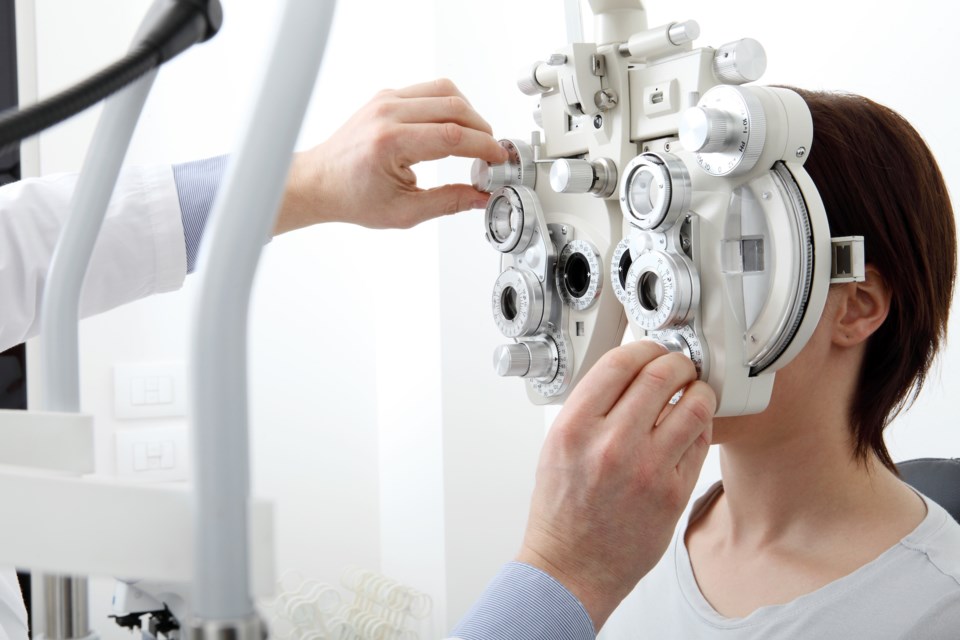TORONTO—With a new school year coming, and with children going back to the classroom, most parents, guardians, and care-givers will be following a list of things to do for that first day. Among one of the things Ophthalmologists want to remind families about is the importance of good eye health.
Monitoring children’s vision once school begins, is a priority that parents, guardians, and care-givers need to have. Children will be seated in their special place in the classroom as they look at white boards, computer screens, readers and notebooks.
August is Children’s Eye Health and Safety Month and as children prepare in excitement to return to the classroom, the Canadian Ophthalmological Society is reminding parents that vision plays an important role in their children’s learning and academic success.
Prolonged screen time is known to increase the risk of myopia also known nearsightedness in children. According to a recent survey by the Canadian Ophthalmological Society, 45 per cent of Canadians believe that too much screen time can cause myopia (nearsightedness) in children and adults.
"The start of the school year is always a good time to remember to monitor your child's eyes and determine if they have had any changes to their vision," says Dr. Phil Hooper, President of the Canadian Ophthalmological Society. "A comprehensive evaluation early in the school year is important to detect changes and rectify them before they can have an impact on learning."
Other factors that affect eye health include the lack of protection during outdoor sports. Wearing protective eye wear during sports activities is important, and it’s been shown that only 22% wear them regularly.
According to Canada’s Ophthalmologists, assessing your child’s vision, an eye exam can give eye doctors more insight into what’s going on with the rest of the body.
To determine whether your child is experiencing changes to their vision, some of the common signs to look out for include:
- Frequent rubbing of the eyes
- Squinting, tilting, or turning the head to look at objects
- "Wandering" eyes or eyes looking in different directions
- Increased headaches and/or fatigue
- It's also good to know where your child is sitting in a new classroom to determine if they may have issues with seeing
